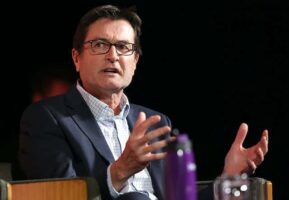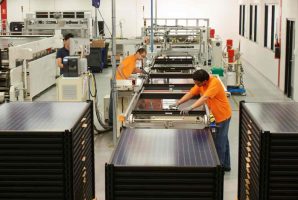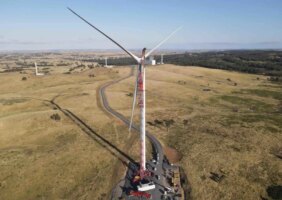Solar farms in New South Wales are to bear the brunt of new downgrades to the Australian Energy Market Operator’s marginal loss factor figures in the coming financial year, a result of both increased local generation and more imports from Victoria and Queensland congesting the network.
AEMO’s provisional calculations show solar farms the Riverina region of NSW will be particularly hard hit, with many looking at 6 to 8 points knocked off their MLFs.
Solar generators in central Queensland, meanwhile, look set to enjoy the biggest boosts – in some cases by as much as 6 points – as do solar farms in the troubled north west region of north-western Victoria, though from a lower base.
The marginal loss factor, or MLF, measures the amount of energy generated by a particular generator that is lost during the transmission process. A high MLF means little is lost, while a low one means a lot is lost. An MLF of “1” effectively means a generator gets paid for 100 per cent of the power generated. An MLF of “0.8”, meanwhile, means 20 per cent of the energy is lost during transmission, meaning they only get paid for 80 per cent of their output.
A lot rides on these numbers, as they are set for a year and cannot be changed, even if conditions in the network change. A hefty reduction means a substantial hit to revenue.
UK infrastructure investor John Laing took a loss of $120 million as a result of marginal loss factors in 2019, an event that led it to stop new investment in wind and solar in Australia, and put its assets up for sale. There is ongoing debate about how these losses should be calculated, and applied.
In the latest data, Spark Infrastructure’s Bomen Solar Farm, a 100 megawatt farm just north of Wagga Wagga, is one of the worst hit, losing 7 points to an MLF of 0.8766, a result that shows that ownership by a network operator is no protection. Not far away, Neoen’s 150MW Coleambally Solar Farm south of Griffith is also looking at 7 point reduction to 0.8361.
Corowa Solar Farm, a 30MW farm west of Albury, is set to fall more than 8 points to 0.8677, while Griffith Solar Farm is looking at 6 point fall to 0.8414.
Further north, Parkes Solar Farm, 350km directly west of Sydney, looks set to fall 3.5 points to 0.8909.
While the biggest drops are in the southern NSW, AEMO projects drops across the state, driven by increased imports from Queensland and Victoria.
“For the 2021-22 MLF study, increases in excess generation have been observed in Victoria, South Australia,and Queensland,” AEMO writes.
“This increase in generation has largely consisted of semi-scheduled generation, which is projected to offset thermal generation levels in New South Wales resulting in increased imports to New South Wales from both Victoria and Queensland.” At least two of four units at AGL’s coal-fired Liddell Power Station in NSW is due to close some time in 2022.
In Victoria Sunraysia region, the 110MW Bannerton Solar Park, near Mildura, is looking at a 5 point increase, though still to a relatively paltry 0.8605.
The 112MW Karadoc Solar Farm, the 110MW Wemen Solar Farm, and 10MW Yatpool will all see similar boosts to the same sort of level. AEMO says this is driven by the “revision of intra-regional limits and the resulting changes in projected flows on Murraylink”, allowing more exports into South Australia.
Concerns about system strength in that part of Australia prompted AEMO to cut the allowable output from five solar farms in Victoria and NSW – Broken Hill in NSW, and the Karadoc, Wemen, Bannerton and Gannawarra solar farms in north west Victoria – in half in 2019.
Broken Hill Solar Farm is set for an MLF of just 0.7919, barely half a point above this year’s MLF and the lowest in the main grid. The 255 MW Sunraysia Solar Farm is also looking at an low 0.8038, though it is 1 point up from this year.
In Queensland, AEMO put the boost in MLF for central and northern down simply to a “reduction in local generation”. Among those to benefit are the Haughton, Hayman, Hamilton, Hughendon, Clermont, Clare and Collinsville solar farms. In southern Queensland, though, a large increase in generation is pushing MLFs down somewhat.
South Australia’s changes were split between the southeast, where MLFs are set to go up as a result of increased exports into Victoira over Heywood interconnector; and Riverland, where MLFs are set to fall, driven by increased imports from Victoria over the Murraylink interconnector.
The figures released are AEMO’s first draft. Generators can submit feedback before March 12, with the final figures set to be published in April.










